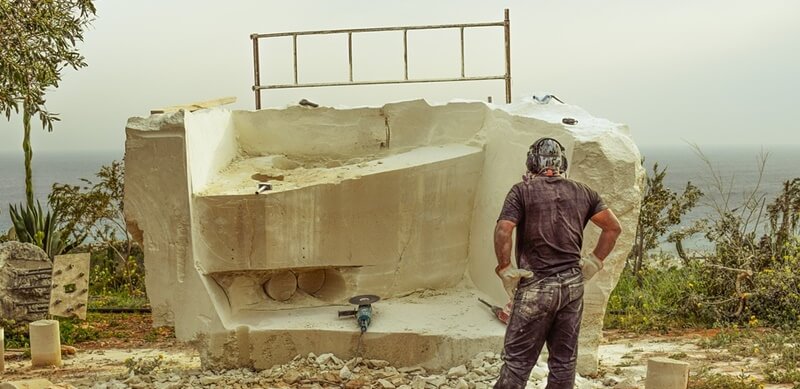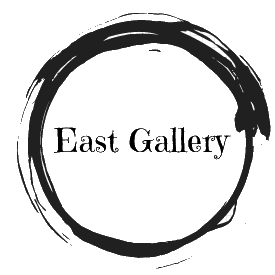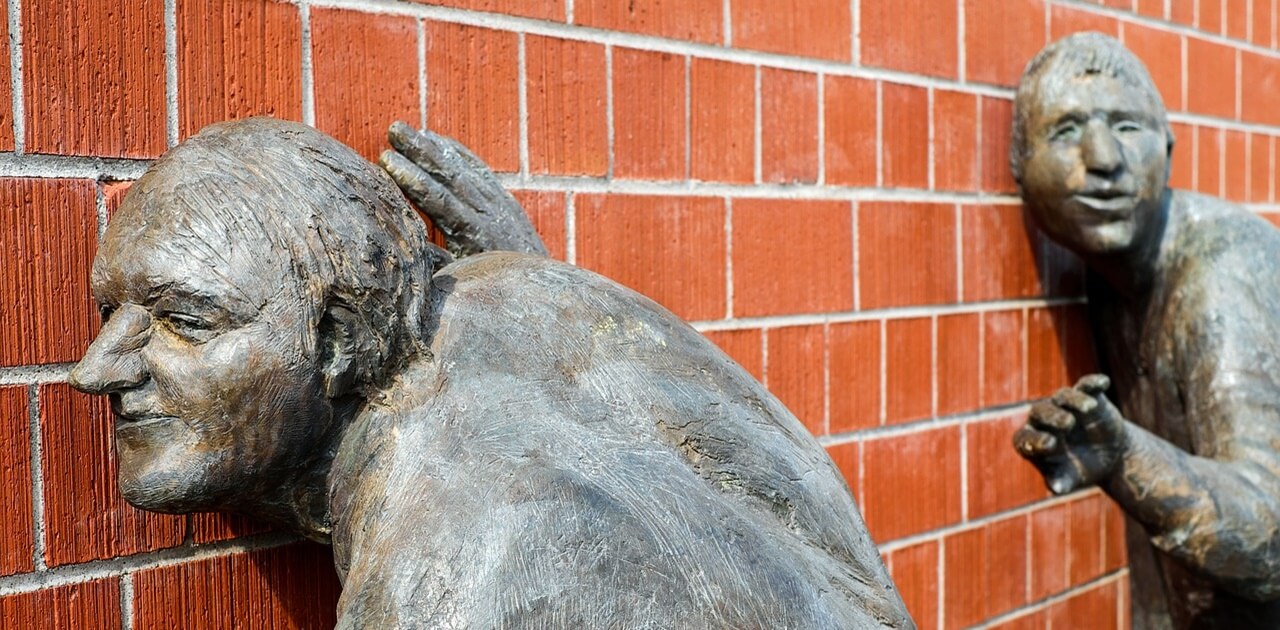SCULPTURE
Sculpture is a three-dimensional art, which means it has height, width and depth. The earliest art recorded was found in South Africa and is estimated to be more than 75,000 years old. One of the oldest sculptures discovered to date is estimated to be 30,000 years old. This is an ivory statuette of a human figure with a cats head, which was found in Germany.
At the time of the Renaissance, sculpture had moved on from religion and mythology and became more interested in the classical sculptures from Greece and Rome, though the church remained the biggest patron of the art. Later Rococo sculptures were smaller, using porcelain rather than marble as a medium. In the last two hundred years, the art world has experienced big changes. Artists, including sculptors, have moved away from a focus on perfect anatomy, details and story telling and have given their attention to personal expression, stylisation and surface texture.

21st century sculpture
With computer-aided design and 3D printers becoming more accurate, leading companies are investing in development to find more ways to create better 3D printers for sculpting. In spite of the new technologies, sculpting remains an art-form since it is the creative talent that allows a person to conceive a design in free space. This means a sculptor will still remain a sculptor.
Sculpture is following on the massive changes in the jewellery industry where computer aided design and manufacturing threatened the market. Yet there remains a direct need for hand-cast jewellery and the same can be said for hand-made sculptures. Technology may create accuracy, but beauty is not all about accuracy. In response, sculptural trends are moving away from accuracy.
Sculpture that has defined the 21st century
2000: Louise Bourgeois' "I Do, Undo, Redo" at Tate Modern, which opened in London in 2000, took centre stage in turbine hall and faces issues of identity and self-reflection before the development of social media. The sculpture shows remarkable foresight and immense talent.
2002: Cornelia Konrads' "Grass Works" emphasises some of the environmental and cultural concerns that have defined the past two decades. Her site-specific pieces play with gravity, in some ways rejecting the natural limitations of the materials.
2004: Ron English's "MC Supersized" is a subversive cultural commentary on the fluorescent aesthetics of American pop culture in the early noughties. This piece, like all of English's work, is rooted in street art and alternative culture.
2011: Ai Weiwei's "Sofa in White". While much of his work is now well known, the sofas were part of an outdoor installation in Switzerland and show Weiwei's formal attention to detail and to realism, plus a kind of calculated whimsy that sets his work apart.
Events and exhibitions
Many major cities have sculpture parks, and sculptures can also be found in municipal parks and green spaces, and on private land.
To buy sculpted works of art, buyers need to contact galleries who represent the artist or contact the artist direct either via their online presence or at solo-shows or group exhibitions. Sculptors can be found at all major art fairs and exhibitions. Here are some of the exhibitions and events specifically for sculptors.
International Conference on Contemporary Cast Iron Art (ICCCIA): 29 May – 2 June 2018.
The 8th International Conference on Contemporary Cast Iron Art: Post Industrial Iron, Divergence, Dialogue, and New Directions will take place in Scranton, Pennsylvania. The event aims to create an international platform for the exploration and practice of contemporary cast iron sculpture and to inspire global participation in the aesthetic, conceptual art, cultural, historical, and technical dialogue on contemporary cast iron art.
The First Generation: Berlin modernist female sculptors. 18 February – 17 June 2018
60 works from Tithe Wolfowitz, Sophie Wolff, Illy Steger, Marg Moll, Tina Haim-Wentscher, Renée Sintenis, Christa Winsloe, Emy Roeder, Jenny Wiegmann-Mucchi and Louise Stomps will be on show in the Georg Kolbe Museum, Berlin. These ten women were the first generation of freelance sculptors in Germany to find recognition among art critics and audiences despite repeated struggles with prejudices and traditional role models. They also had to develop their own ways and lifestyles since women only had access to art academies from 1919.
Political Art Now. 21 March – 27 May 2018
These artists have created works with criticism their explicit political intention. In a large exhibition, the Schirn Kunsthalle Frankfurt brings together works that can act as seismographs of current political action. The works challenge political attitudes, portray forms of protest and target artistic commitment. Installations, photographs, video works, paintings and sculptures are by Phyllida Barlow, Andrea Bowers, Julius von Bismarck, Sam Durant, Omer Fast, Adelita Husni-Bey, Hiwa K, Ahmet Öğüt, Rirkrit Tiravanija or Nasan Tur. They document the erosion of democratic achievements as well as the active pressure of the new mass movements and the new protest culture.

